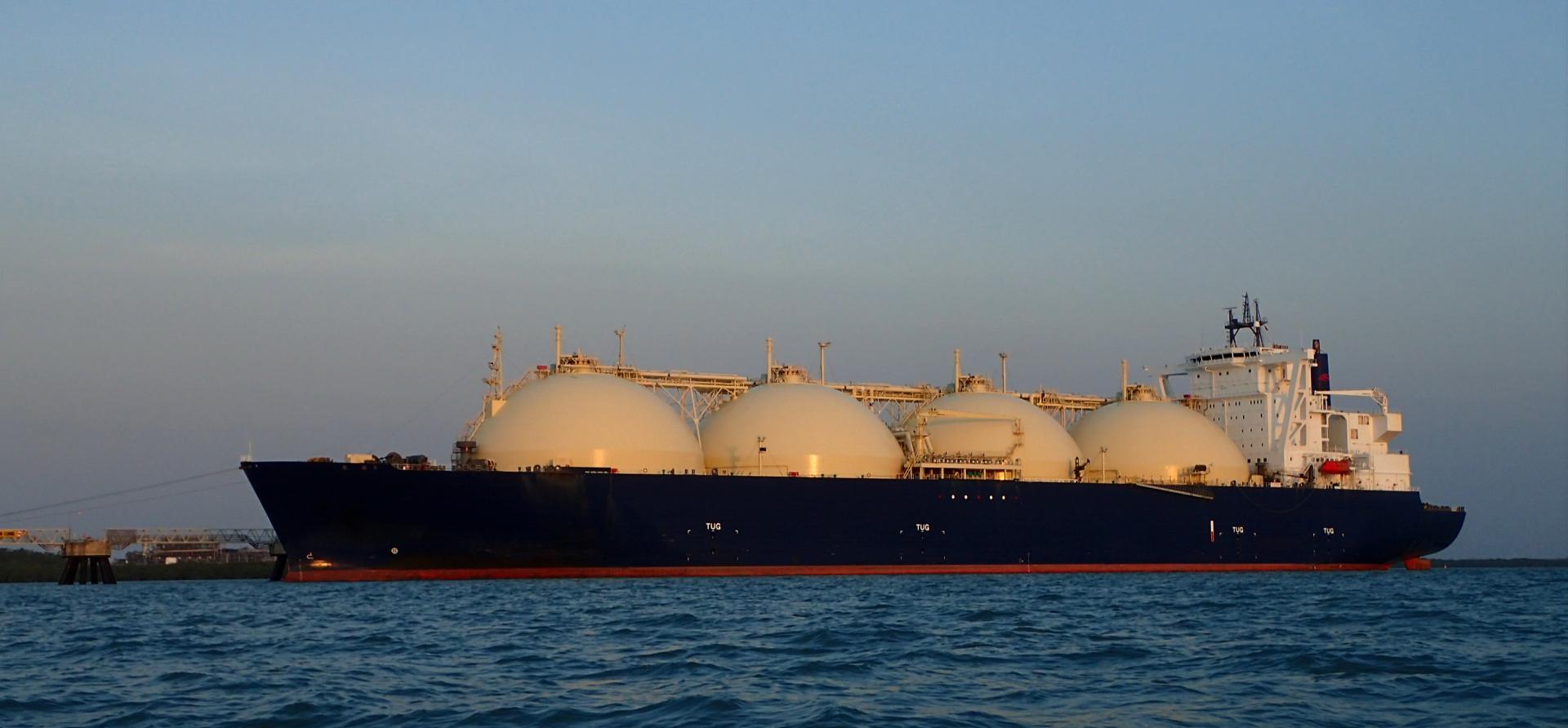IEEFA Australia: Carbon capture and storage no answer for Santos Barossa gas project

Emissions, logistics and pure economics – combined or individually – pose strong arguments against the Santos Barossa gas project in the Timor Sea.
Producer Santos, in proposing carbon capture and storage to reduce the project’s climate impact, has added an impractical Band-aid solution to a haemorrhaging issue.
The project looks like an emissions factory with an LNG by-product.
From offshore wells to initial processing on a floating production storage and offloading (FPSO) vessel, piping 300km to Darwin and onshore processing and conversion to liquefied natural gas (LNG) at the Darwin plant, carbon dioxide emissions exceed the LNG production. The LNG project looks like an emissions factory with an LNG by-product.
Add extra compression and piping and pumping of the proposed captured CO2 into the near-depleted Bayu-Undan gas field, and the project also looks even more economically and technologically impractical.
Barossa gas has an extremely high carbon dioxide content — about twice that of the next highest gas currently being converted to LNG in Australia. It is also much higher again than the gas feeding LNG plants in competitor LNG exporting countries.
Flawed approach to reducing emissions from Barossa
Last month, Santos announced it would assess carbon capture and storage in depleted gas reservoirs at Bayu-Undan, 500km west of Darwin, to reduce emissions from the Barossa project.
The average emissions intensity of Australian-made LNG is approximately 0.70 tonne of CO2 per tonne of LNG produced. LNG from the Santos Barossa gas project would have an emissions intensity more than double that amount before it is transported and burnt in North Asian markets.
LNG from the Barossa project would have more than double the emissions intensity of Australian-made LNG
The majority (57%) of the project’s emissions are from combustion in gas turbines, and capture of CO2 from the dilute exhaust is not practical.
Combustion emissions come from burning some of the raw gas arriving at the FPSO, and then more again at the Darwin LNG plant, as fuel to power the purification, liquefaction, product loading and all the other needs of the two sites.
Almost complete removal of CO2 is necessary before gas can be processed to LNG product.
The first stage of the proposed CO2 removal would occur offshore on the FPSO, reducing the CO2 content from 18 volume percent (v%) to 6v% before the gas is sent by pipeline to Darwin.
The second stage of CO2 separation would take place at the onshore Darwin LNG plant — from 6v% to almost zero.
The CO2 removed (‘captured’ from the methane stream) is simply vented to the atmosphere by design, as in all gas processing and LNG plants, and falsely reported as ‘fugitive’ emissions.
CO2 removed at Darwin and vented to the atmosphere is falsely reported as ‘fugitive’ emissions
The capture and storage of CO2 from the Barossa project would add substantially to the project’s costs, lengthen its schedule and diminish its viability due to numerous factors.
If the proposal for capture were to go ahead, major changes to the project would need to be undertaken.
The FPSO, currently understood to be in the detailed design phase, would need redesign to include CO2 drying and compression.
The project would need an additional 430km pipeline to carry captured CO2 from Barossa to Bayu-Undan (and approval sought).
The depleted gas reservoirs at Bayu-Undan must be ‘proven’ good for permanent CO2 storage, to be followed after implementation by regular seismic survey to monitor the spread of CO2 in the reservoir.
The existing compressors on the Bayu-Undan platforms would be unsuitable for CO2 recompression, and different types would be required.
CCS from Barossa would add to costs, lengthen its schedule and diminish its viability
If gas production at Bayu-Undan has completely ceased when the CO2 storage phase begins, the compression gas requirements might have to be supplied from the existing gas export line from Bayu-Undan to Darwin, with backflow occurring from the junction with the new Barossa line.
The reservoir gas component of approximately 0.5 MtCO2/yr captured from the LNG plant feed gas would hardly justify a 500km pipeline to Bayu-Undan for reinjection and storage.
A study just released by IEEFA compares the base case for the Barossa to Darwin LNG development as approved by NOPSEMA with the CCS alternative scenario and a potentially more effective one – electrification.
The table shows the annual quantities of emissions from the four sources in the project (onshore and offshore, combustion and captured and vented) for the three scenarios.
Barossa Project Summary of Scenarios and Emissions
| Offshore at Barossa MtCO2pa | Onshore at DLNG MtCO2pa | Total MtCO2pa | Emissions intensity | |||
| Scenario | Vent | Combustion | Vent | Combustion | tCO2/tLNG | |
| A: OPP base | 1.8 | 1.6 | 0.5 | 1.5 | 5.4 | 1.47 |
| B: plus CCS | 0 | 1.9 | 0.5 | 1.5 | 3.9 | 1.06 |
| C: Electrification plus CCS | 0 | 0 | 0.5 | 0 | 0.5 | 0.14 |
| Australian Average | 0.7 | |||||
All in all, this makes both the Barossa LNG product and the development project itself in need of being reconsidered or abandoned.
John Robert is a guest contributor with the Institute for Energy Economics and Financial Analysis.
This article first appeared in Renew Economy.
Related articles:













